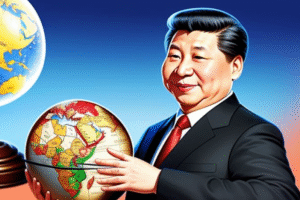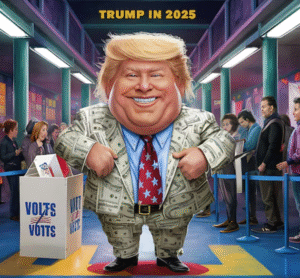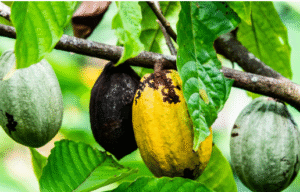$CME $FUTURES #LeanHogs #HogMarket #Agriculture #CommodityTrading #Farmers #MarketNews #PricingTrends #USDA #CMEIndex
Why Did Hog Prices Plunge on Friday? Uncover the Market Movements That Closed the Week
In this week’s hogs news, lean hog futures experienced a notable decline on Friday, with contracts closing 40 cents lower. The October futures, in particular, faced a significant drop, falling $1.975 throughout the week. This decline raises critical questions regarding market dynamics and the factors influencing these price movements.
The USDA’s national base hog price reported an increase of 7 cents from the previous day, settling at $96.40. While this uptick might seem promising, it was not enough to counterbalance the overall weakness in the futures market. The CME Lean Hog Index also reflected this bearish sentiment, decreasing further as traders reacted to a variety of market signals.
Understanding the Market Dynamics Behind the Decline
Several factors contributed to the downward pressure on lean hog futures. First and foremost, fluctuations in demand and supply greatly impact pricing. Increased production levels and a corresponding rise in supply can create an oversaturated market, leading to lower prices. Additionally, external economic indicators and consumer demand trends play significant roles in shaping market sentiment.
Another critical aspect to consider is the influence of feed costs. As grain prices fluctuate, the cost of raising hogs also changes, which affects profit margins for producers. If feed prices rise, producers may be forced to sell their livestock at lower prices to maintain profitability, contributing to the bearish trend observed this week.
Consumer Behavior and Its Impact on Prices
Consumer behavior also plays a pivotal role in the hog market. With shifts in dietary preferences and increased health consciousness, demand for pork products can vary significantly. During economic uncertainty, consumers may prioritize budget-friendly options, leading to decreased hog purchases and further exacerbating price declines.
Moreover, geopolitical factors can disrupt trade dynamics, affecting both domestic and international demand for hogs. Trade policies and tariffs can create uncertainties that ripple through the market, influencing prices in unpredictable ways.
What Lies Ahead for Hog Prices?
Looking forward, traders and producers must remain vigilant. The upcoming reports from the USDA will provide essential insights into production forecasts and market trends. Additionally, monitoring consumer trends and feed costs will be crucial for anticipating future price movements.
In conclusion, while Friday’s losses in hog futures were significant, understanding the underlying market dynamics can provide clarity. As traders analyze the factors at play, the focus will increasingly be on how these elements will shape the future of hog prices. For more insights into agricultural markets, consider exploring our stock coverage, which provides updates and analyses on various commodities, including livestock.
As the market continues to evolve, staying informed will be key to navigating the complexities of the hog industry.











Comments are closed.